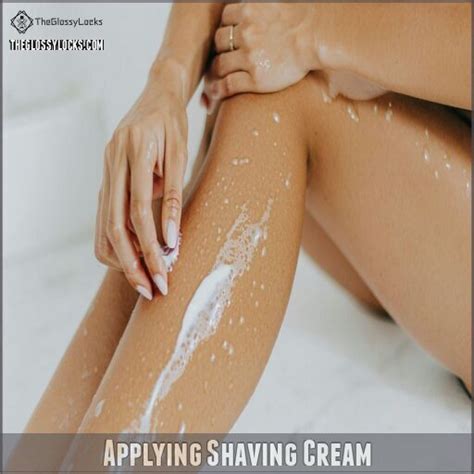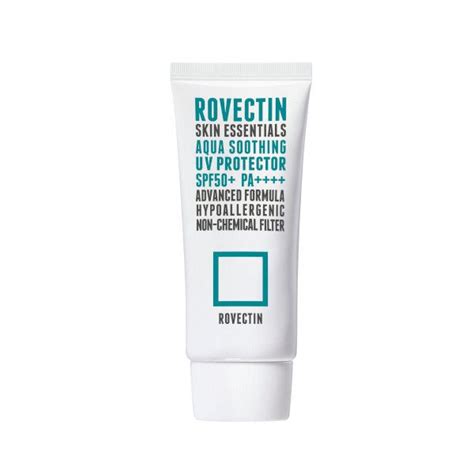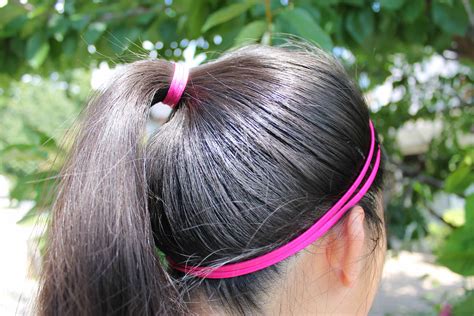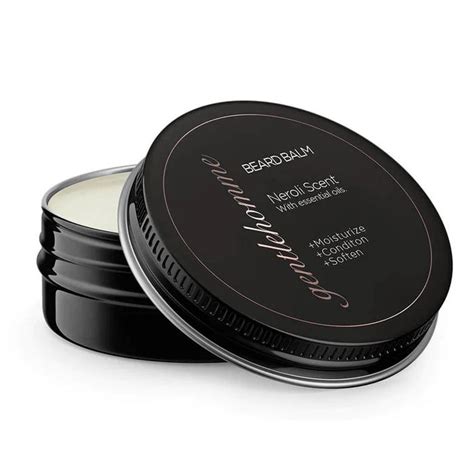How to prevent razor burn effectively for a consistently sharp, peak-performance look?

Understanding Razor Burn: More Than Just an Annoyance
Razor burn is a common skin irritation that occurs after shaving, characterized by redness, stinging, tenderness, and sometimes small, itchy bumps. It’s often caused by improper shaving techniques, dull blades, or inadequate skin preparation, leaving your skin looking anything but sharp. Preventing razor burn isn’t just about comfort; it’s essential for maintaining a consistently polished and professional appearance. By implementing a few key strategies, you can transform your shaving experience from a dreaded chore into a smooth, skin-friendly ritual.
The Foundation: Pre-Shave Preparation is Key
A successful, burn-free shave starts long before the blade touches your skin. Proper preparation softens the hair, opens pores, and creates a protective barrier, reducing friction and irritation.
- Warm Water & Shower: Shave after a warm shower or by applying a hot towel to your face for a few minutes. The steam and warmth open up pores and soften the hair follicles, making them easier to cut.
- Exfoliate Gently: Use a mild facial scrub or cleanser to gently exfoliate your skin a few times a week. This removes dead skin cells and dislodges any trapped hairs that could lead to ingrown hairs and razor burn.
- Pre-Shave Oil: Apply a small amount of quality pre-shave oil. This creates a slick layer on your skin, allowing the razor to glide more smoothly and providing an extra layer of protection against irritation.

Mastering Your Shave Technique for Smooth Results
Even with the best preparation, a poor shaving technique can undo all your efforts. Focus on precision and gentleness.
- Sharp, Clean Blade: Always use a sharp, clean razor blade. Dull blades drag and pull at the hair, leading to irritation. Replace disposable razors frequently (every 5-7 shaves) or cartridge blades regularly.
- Generous Shaving Cream/Gel: Apply a rich, lubricating shaving cream or gel. Let it sit for a minute or two to further soften the hair. Ensure full coverage to create a cushion between the blade and your skin.
- Shave With the Grain: For most sensitive areas, shave in the direction your hair grows (with the grain). While shaving against the grain offers a closer shave, it significantly increases the risk of irritation and ingrown hairs. If you must go against the grain for a closer finish, do so only after a pass with the grain and with extreme caution.
- Light Pressure, Short Strokes: Let the razor do the work. Apply minimal pressure and use short, controlled strokes. Rinsing your blade frequently under warm water prevents clogging and maintains sharpness.

The Essential Post-Shave Ritual
Your work isn’t done once the last hair is cut. Post-shave care is crucial for calming the skin and preventing irritation.
- Rinse with Cold Water: After shaving, rinse your face thoroughly with cold water. This helps to close pores and soothe the skin, reducing redness and inflammation.
- Apply Soothing Aftershave: Pat your face dry gently with a clean towel and immediately apply an alcohol-free aftershave balm or lotion. Look for ingredients like aloe vera, witch hazel, or chamomile, known for their calming properties. Avoid harsh, alcohol-based aftershaves that can dry out and irritate the skin.
- Moisturize: Follow up with a good quality, non-comedogenic moisturizer, especially if your skin tends to be dry. Hydrated skin is more resilient to irritation.

Maintaining Your Tools and Habits
The longevity and effectiveness of your razor play a significant role in preventing razor burn.
- Replace Blades Regularly: As mentioned, dull blades are a primary culprit. Replace your razor blade after 5-7 shaves, or sooner if you feel any tugging or discomfort.
- Clean Your Razor: After each shave, rinse your razor thoroughly to remove all hair and shaving cream residue. Store it in a dry place to prevent bacterial growth and corrosion.
- Allow Skin to Heal: If you’re experiencing severe razor burn or ingrown hairs, give your skin a break. Avoid shaving the affected area for a day or two to allow it to heal completely.

Common Pitfalls to Avoid
Being aware of common mistakes can significantly reduce your risk of razor burn.
- Dry Shaving: Never shave without proper lubrication. Dry shaving is a surefire way to cause irritation.
- Excessive Pressure: Pressing too hard doesn’t get you a closer shave; it only irritates your skin and dulls your blade faster.
- Shaving Too Quickly: Rushing your shave increases the likelihood of nicks, cuts, and uneven strokes that lead to irritation.
- Using the Wrong Products: Opt for hypoallergenic, fragrance-free shaving creams and aftershaves if you have sensitive skin.

Conclusion: Embrace a Burn-Free Shave
Preventing razor burn is an achievable goal that dramatically improves your daily grooming routine and overall skin health. By committing to thorough pre-shave preparation, refining your shaving technique, prioritizing post-shave care, and maintaining your tools, you can enjoy a consistently smooth, irritation-free shave. Say goodbye to redness and discomfort, and confidently present a sharp, peak-performance look every single day.








